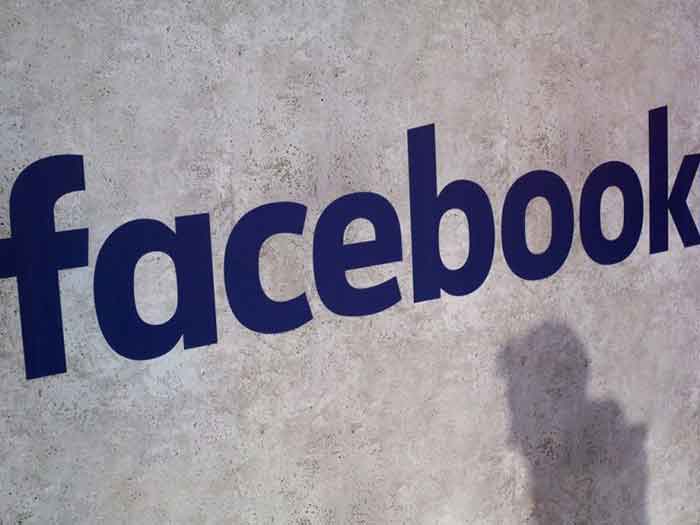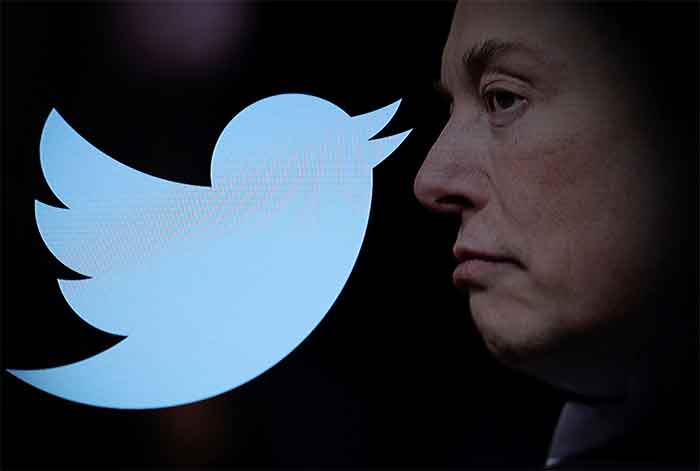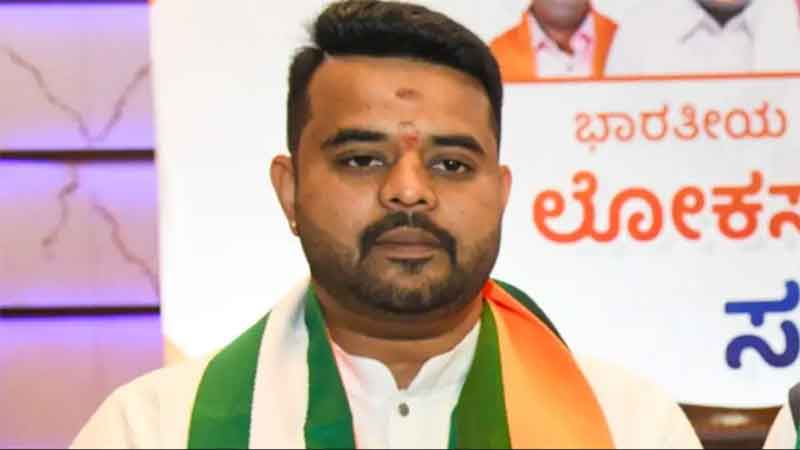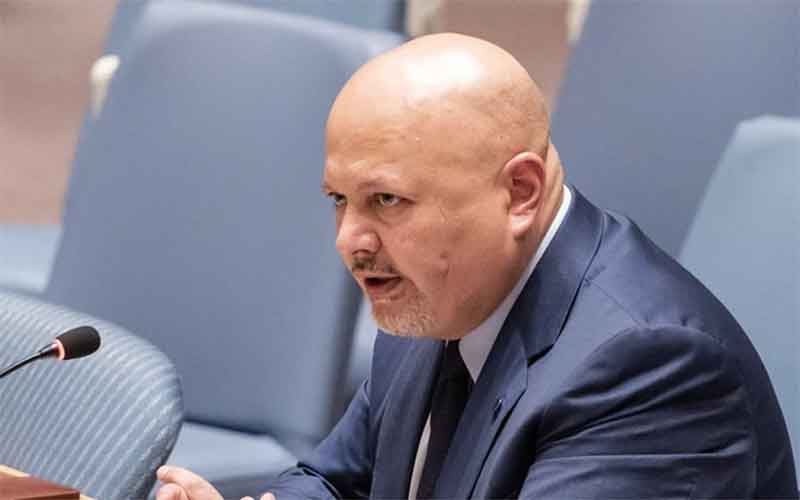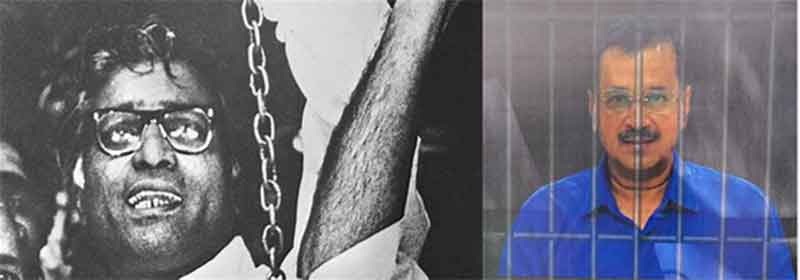
The attitudes down under towards social media have turned barmy. While there is much to take Elon Musk to task for his wrecking ball antics at the platform formerly known as Twitter, not to mention his highly developed sense of sociopathy, the hysteria regarding the refusal to remove images of a man in holy orders being attacked by his assailant in Sydney suggests a lengthy couch session is in order. But more than that, it suggests that the censoring types are trying, more than ever, to tell users what to see and under what conditions for fear that we will all reach for a weapon and go on the rampage.
It all stems from the April 15 incident that took place at an Assyrian Orthodox service conducted by Bishop Mar Mari Emmanuel and the Rev. Isaac Royel at Christ the Good Shepherd Church in Wakeley, Sydney. A 16-year-old youth, captured on the livestream of the surface, is shown heading to the bishop before feverishly stabbing him, speaking Arabic about insults to the Prophet Muhammed as he does so. Rev. Royel also received injuries.
Up to 600 people subsequently gathered around the church. A number demanded that police surrender the boy. In the hours of rioting that followed, 51 police officers were injured. Various Sydney mosques received death threats.
The matter – dramatic, violent, raging – rattled the authorities. For the sake of appearance, the heavies, including counter-terrorism personnel, New South Wales police and members of the Australian domestic spy agency, ASIO, were brought in. The pudding was ready for a severe overegging. On April 16, the NSW Police Commissioner Karen Webb deemed the stabbing a “terrorist incident”. NSW Premier Chris Minns stated that the incident was being investigated as a “terrorist incident” given the “religiously motivated” language used during the alleged attack.
After conducting interviews with the boy while still in his hospital bed on April 18, the decision was made to charge him with the commission of an alleged act of terrorism. This, despite a behavioural history consistent with, as The Guardian reports, “mental illness or intellectual disability.” For their part, the boy’s family noted “anger management and behavioural issues” along with his “short fuse”, none of which lent themselves to a conclusion that he had been radicalised. He did, however, have a past with knife crime.
Assuming the general public to be a hive of incipient terrorism easily stimulated by images of violence, networks and media outlets across the country chose to crop the video stream. The youth is merely shown approaching the bishop, at which point he raises his hand and is editorially frozen in suspended time.
Taking this approach implied a certain mystification that arises from tampering and redacting material in the name of decency and inoffensiveness; to refuse to reveal such details and edit others, the authorities and information guardians were making their moralistic mark. They were also, ironically enough, lending themselves to accusations of the very problems they seek to combat: misinformation and its more sinister sibling, disinformation.
Another telling point was the broader omission in most press reporting to detail the general background of the bishop in question. Emmanuel is an almost comically conservative churchman, a figure excommunicated for his theological differences with orthodoxy. He has also adopted fire and brimstone views against homosexuality, seeing it as a “crime in the eyes of God”, attacked other religions of the book, including Judaism and Islam, and sees global conspiracies behind the transmission of COVID-19. Hardly, it would seem, the paragon of mild tolerance and calm acceptance in a cosmopolitan society.
On April 16, Australia’s eSafety commissioner, Julie Inman Grant, got busy, announcing that X Corp and Meta, which owns Facebook and Instagram, had been issued with legal notices to remove material within 24 hours depicting “gratuitous or offensive violence with a high degree of impact and detail”. The material in question featured the attack at the Good Shepherd Church.
Under the Online Safety Act 2021 (Cth), the commissioner is granted various powers to make sure the sheep do not stray. Internet service providers can be requested or required to block access to material that promotes abhorrent violent conduct, incites such conduct, instructs in abhorrent violent conduct or depicts abhorrent violent conduct. Removal of material promoting, instructing, or depicting such “abhorrent violent conduct”, including “terrorist acts” can be ordered for removal if it risks going “viral” and causing “significant harm to the Australian community”.
X took a different route, preferring to “geoblock” the content. Those in Australia, in other words, would not be able to access the content except via such alternative means as a virtual private network (VPN). The measure was regarded as insufficient by the commissioner. In response, a shirty Musk dubbed Grant Australia’s “censorship commissar” who was “demanding *global* content bans”. On April 21, a spokesperson for X stated that the commissioner lacked “the authority to dictate what content X’s users can see globally. We will robustly challenge this unlawful and dangerous approach in court.”
In court, the commissioner argued that X’s interim measure not to delete the material but “geoblock” it failed to comply with the Online Safety Act. Siding with her at first instance, the court’s interim injunction requires X to hide the posts in question from all users globally. A warning notice is to cover them. The two-day injunction gives X the opportunity to respond.
There is something risible in all of this. From the side of the authorities, Grant berates and intrudes, treating the common citizenry as malleable, immature and easily led. Spare them the graphic images – she and members of her office decide what is “abhorrent” and “offensive” to general sensibilities.
Platforms such as Meta and X engage in their own forms of censorship and information curation, their agenda algorithmically driven towards noise, shock and indignation. All the time, they continue to indulge in surveillance capitalism, a corporate phenomenon the Australian government shows little interest in battling. On both sides of this coin, from the bratty, petulant Musk, to the teacherly manners of the eSafety Commissioner, the great public is being mocked and infantilised.
Dr. Binoy Kampmark was a Commonwealth Scholar at Selwyn College, Cambridge. He currently lectures at RMIT University. Email: [email protected]



